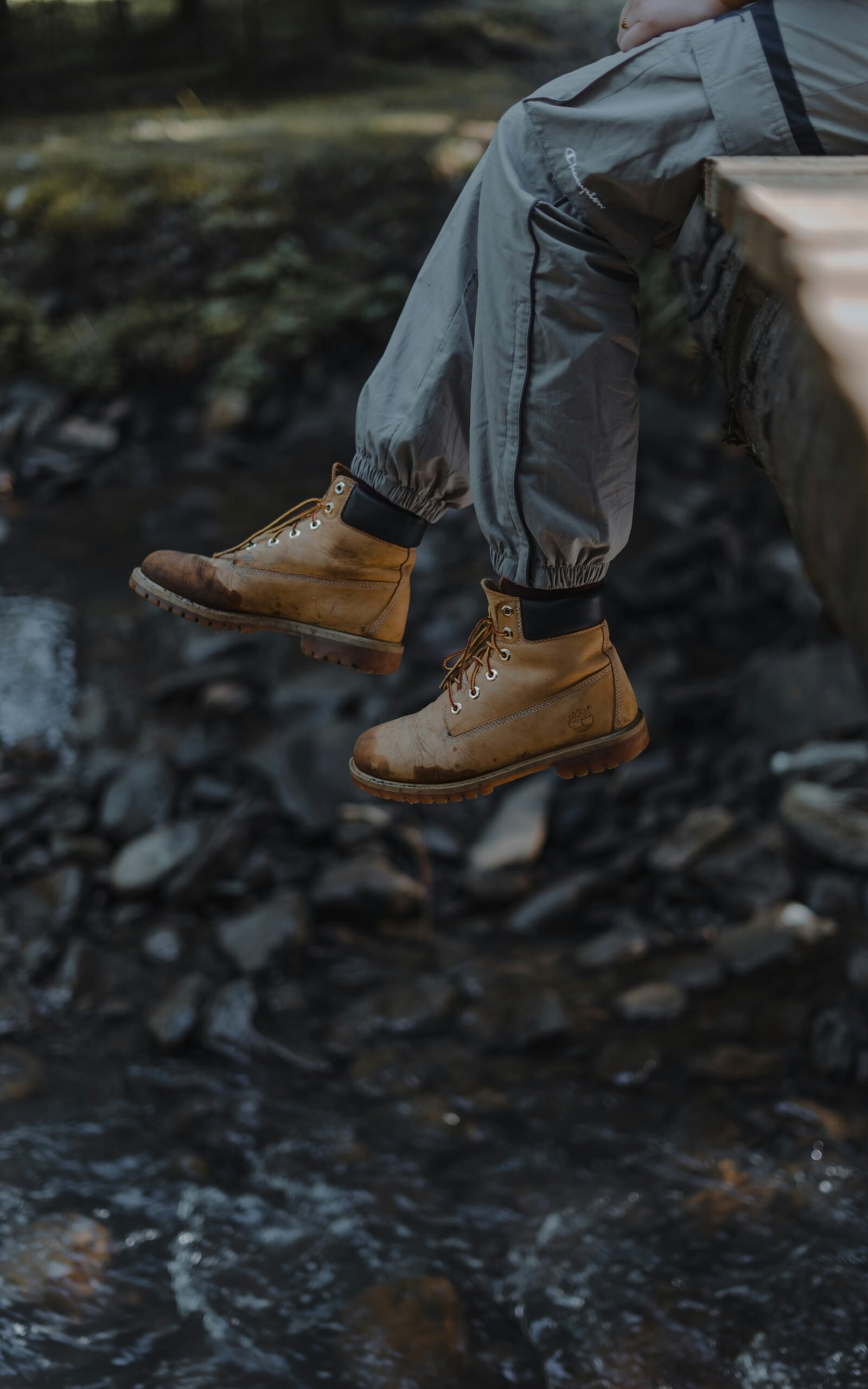This article delves into the origins, types, and applications of powdery minerals while weaving in insights from the NYT’s coverage on this intriguing topic.
What Are Powdery Minerals?
Their powdery form enhances their usability in various fields, from cosmetics to construction. For example, talc is a cornerstone in skincare products due to its silky texture and absorption properties.
Historical Insights from the NYT on Powdery Minerals
The New York Times (NYT) has occasionally spotlighted the cultural and scientific relevance of powdery minerals. Whether discussing the controversies around talcum powder or breakthroughs in the use of minerals in technology, the NYT has underscored their multifaceted importance. Articles often highlight the balance between exploiting these natural resources responsibly and addressing environmental concerns.
Common Types of Powdery Minerals
Talc
Talc is the softest mineral known and is used extensively in cosmetics, ceramics, and pharmaceuticals. Its powder form offers a smooth, absorbent texture that is irreplaceable in many applications.
Gypsum
Gypsum powder is a key ingredient in plaster, drywall, and fertilizers. Its easy solubility makes it ideal for agricultural and construction uses.
Calcite
This versatile mineral is ground into a fine powder for use in paints, plastics, and even food as a calcium supplement.
Bentonite
A clay mineral, bentonite’s powder form is prized for its swelling properties, making it useful in drilling fluids, sealants, and skincare masks.
How Powdery Minerals Shape Industries
- Cosmetics: Talc and mica create smoother, longer-lasting makeup products.
- Construction: Gypsum and limestone powders form the backbone of modern construction materials.
- Agriculture: Mineral powders improve soil quality and promote plant growth.
- Medicine: Calcite and kaolin serve as essential ingredients in pharmaceuticals.
Environmental Considerations in Mining Powdery Minerals
The extraction and processing of powdery minerals come with environmental challenges. Mining operations can disrupt ecosystems, and the energy-intensive grinding process adds to carbon emissions.
The NYT has explored innovative solutions to these challenges, such as adopting greener technologies and recycling mineral waste. Companies are also investing in research to reduce the environmental footprint of powdery mineral production.
Powdery Minerals in Everyday Life
Despite their unassuming form, powdery minerals are deeply integrated into daily life. From the talc in baby powder to the gypsum in your walls, these substances silently enhance our comfort and convenience.
Conclusion
Powdery minerals are more than just finely ground materials; they are a testament to nature’s diversity and adaptability. Their role in industries ranging from skincare to sustainability underscores their significance in modern life. By exploring their potential responsibly, we can ensure that these natural wonders continue to benefit humanity for generations to come.
Also Read: Air Brush Makeup Essentials: Long-Lasting Beauty Made Easy
FAQs
What makes a mineral powdery?
Minerals become powdery when ground to fine particles, often through natural weathering or mechanical processes.
Why are powdery minerals important in cosmetics?
Powdery minerals like talc and mica provide smooth textures, absorb oil, and enhance the longevity of makeup products.
Are powdery minerals environmentally sustainable?
While mining can impact the environment, ongoing innovations aim to minimize their ecological footprint through recycling and sustainable practices.
How are powdery minerals processed?
Processing involves extraction, crushing, grinding, and purification to achieve the desired consistency and purity.
What industries rely most on powdery minerals?
Construction, agriculture, cosmetics, and pharmaceuticals are some of the largest consumers of powdery minerals.
What is the NYT’s role in discussing powdery minerals?
The NYT provides critical insights into the cultural, industrial, and environmental dimensions of powdery mineral usage.





